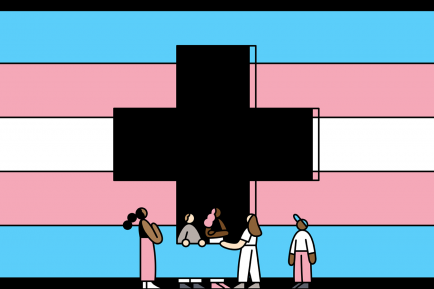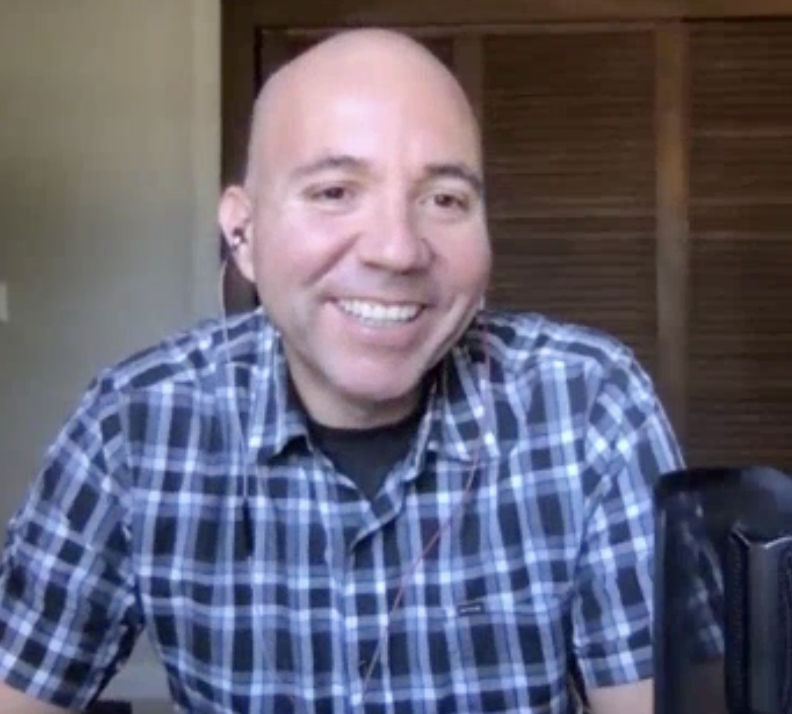
As a MSW student, I have been spending the last two years studying the ways different systems (e.g., political, social, medical, economic, and religious) harm the transgender community. I wanted to share a few thoughts about Waldman’s op-ed because the article reinforces some misconceptions about gender-affirming care for youth.
First, I am critical of the DSM because of its history of pathologizing LGBTQ+ individuals, which contributed to stigma, discrimination, and harmful treatments to “cure” LGBTQ+ people. Thankfully, homosexuality was removed from the DSM-II in 1973 and gender identity disorder was replaced with gender dysphoria in the DSM-5 in 2013. I’m happy to see these updates in the DSM because these identities are not illnesses. Gender dysphoria remains in the DSM-5 not to pathologize transgender individuals, but to recognize the distress some trans individuals experience and ensure they can receive necessary gender-affirming care (since many insurance companies require a diagnosis for coverage).
Second, gender-affirming care follows a cautious and evidence-based approach that involves therapists, doctors, and parents. The claim that trans youth receive hormones after a single visit is a myth, which has led to fear-based policymaking that restricts medical care for trans youth. Only a small percentage of minors actually receive gender-affirming medication, with some studies estimitating less than 0.1%). This is because gender-affirming care requires psychological assessments and agreements between doctors and parents (or legal guardians). Furthermore, puberty blockers are fully reversible since these meds only pause puberty. These meds give trans youth more time to explore their gender, which aligns with recommendations from the American Academy of Pediatrics and Endocrine Society. We need to stop the myth that doctors and parents are recklessly experimenting on youth. It is also important for people to know that not all trans people experience dysphoria in the same way or seek medical transitions.
Third, no scientific evidence exists supports the idea that trans identities spread due to social contagion. People don’t become lesbian, gay, and/or transgender due to peer influence or social media trends. This theory of social contagion or rapid onset gender dysphoria has been debunked in The Journal of Pediatrics and The Journal of Adolescent Health. This argument has been used to delegitimize many sexual and gender minorities as if it is a lifestyle choice. Increased visibility of trans people can be explained by the fact that some feel more safe expressing who they are.
Fourth, I agree that gender dysphoria is uncommon. It’s a tiny percentage of the population, which is why they have been such an easy target of legislative attacks. This year, there are already over 540 active anti-trans bills seeking to restrict their access to medical care, restrooms, mental health, and serving in the military. This has led to increased stigma, discrimination, mental health struggles, and a hostile environment for transgender individuals, especially racial and ethnic minorities, those from low-income communities, and those with disabilities.
Waldman and I agree that trans youth deserve thoughtful and compassionate care. However, some common misconceptions – and restrictive laws– are making it harder for them to access the gender-affirming care they need.

